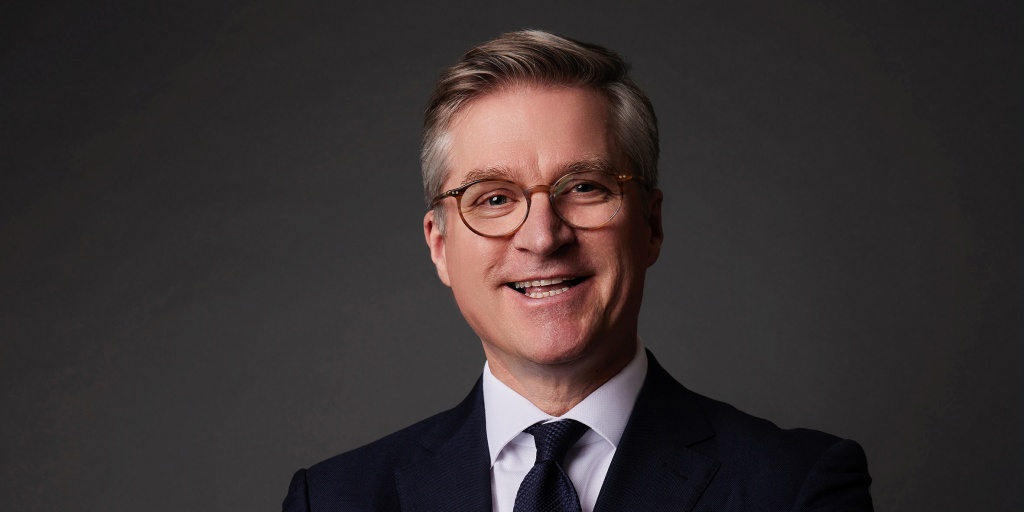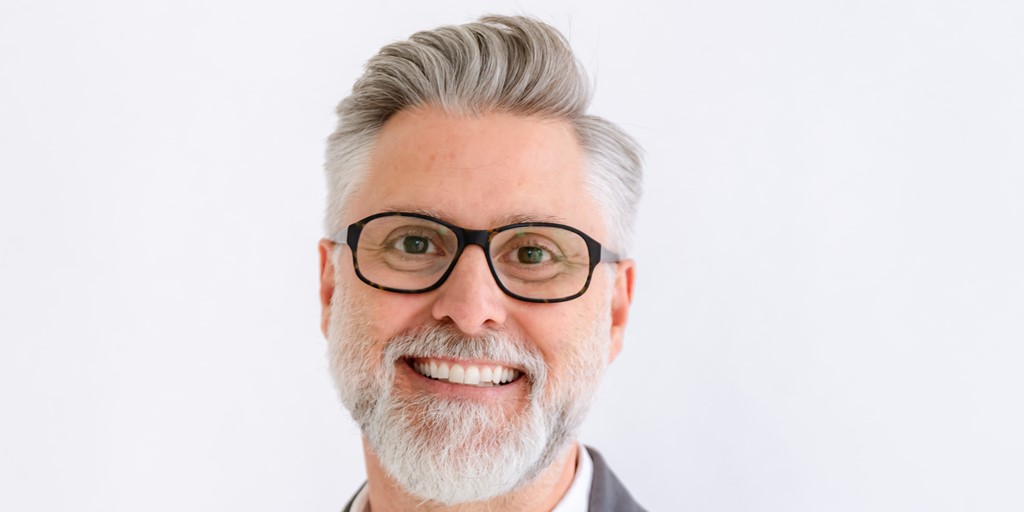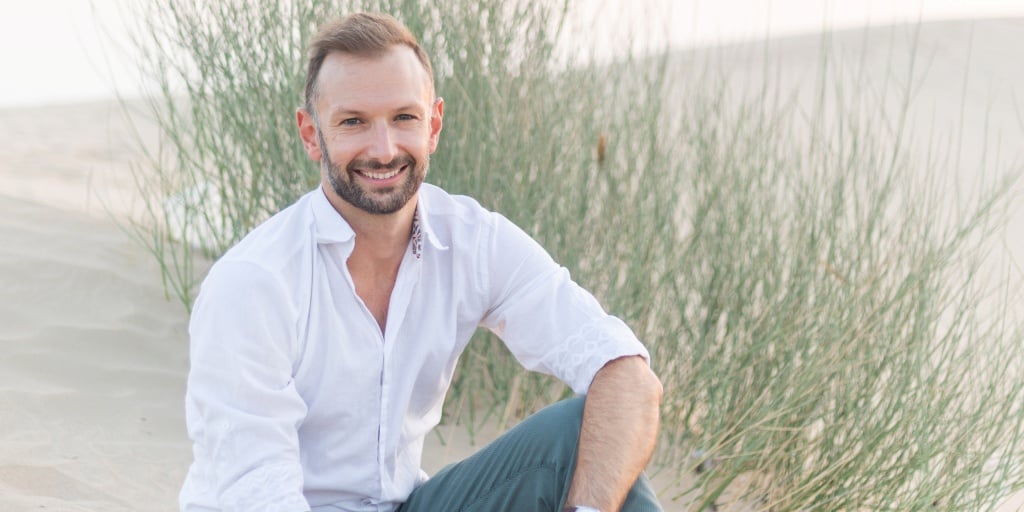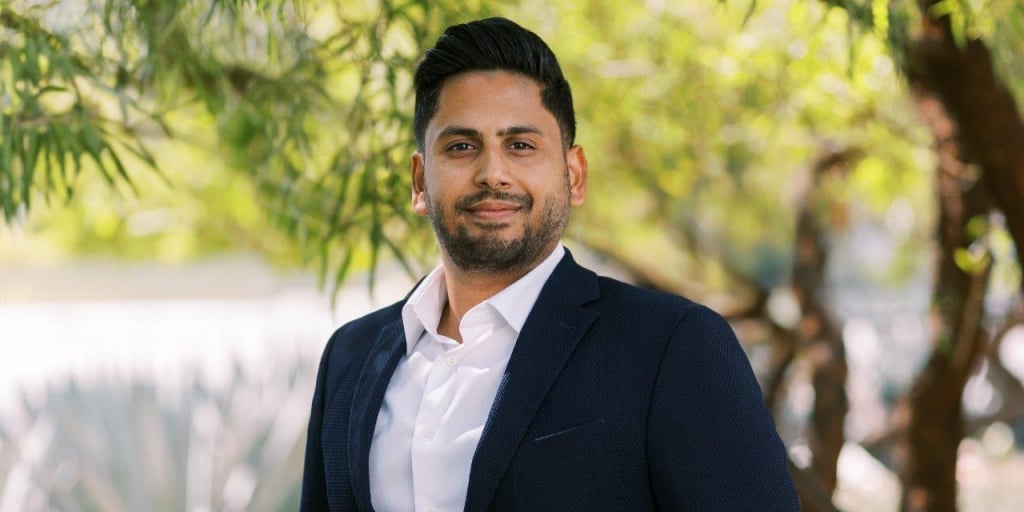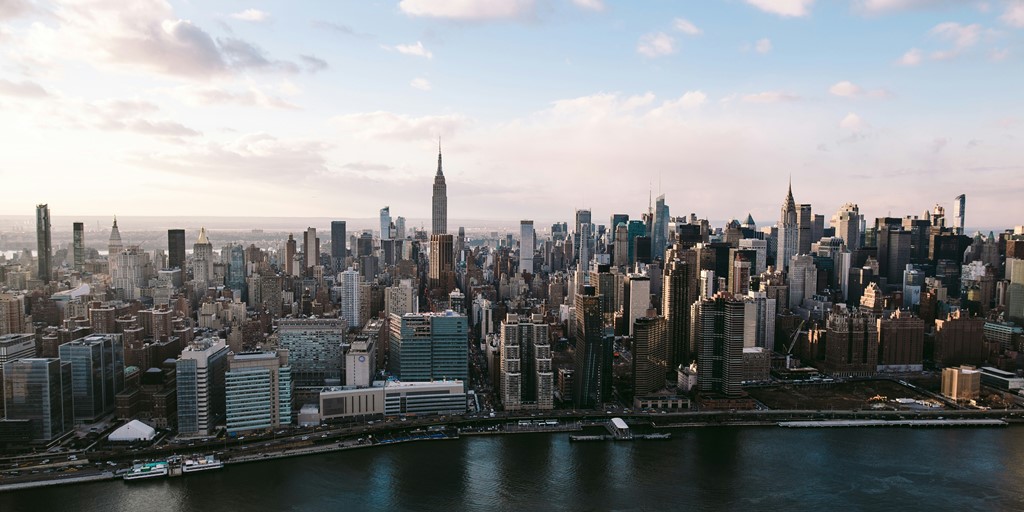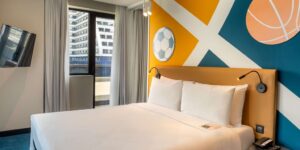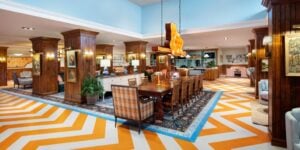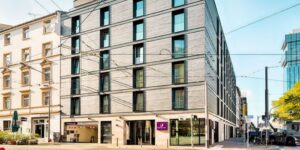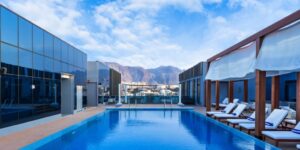Bob van den Oord outlines how the global company will achieve its target of 50 operating sites over the coming years.
What does Langham Hospitality Group’s hotel pipeline currently look like?
We have 32 hotels in operation and 12 in the pipeline. With our new and newly elevated brands, we are on a positive growth trajectory and confident in our ability to grow our portfolio to the 50-hotel mark in five years.
What role will China’s Greater Bay Area play in the group’s growth, given your recent signing of The Langham, Foshan?
China is a key market for Langham Hospitality Group owing to its scale and the strong growth potential of certain regions in the country, the Greater Bay Area (GBA) being one of them. We see development opportunities in China and the GBA for all four of our brands: Langham Hotels and Resorts, Cordis Hotels and Resorts, Ying’nFlo and Eaton.
At the same time, being headquartered in the GBA has its advantages – we have strong ties with local stakeholders, a thorough understanding of the local sub-markets and business processes, and a wealth of goodwill that we have built up in the region over many years.
Which countries or regions around the world are you targeting for development?
We have development teams working in each of our key markets. It would be fair to say that China, where we have half our hotels, will continue to be one of our major growth engines. Southeast Asia, on the back of the success of The Langham, Jakarta, will also be a region to watch, as will Europe and The Middle East with our upcoming openings in Venice and Riyadh.
Are you more focused on newbuilds or conversions?
We tend to take a strategic approach that is highly informed by our brands. Looking at our trophy brand, Langham Hotels & Resorts, for example, we have newbuilds like The Langham, Riyadh and builds that involve the restoration and repurposing of heritage sites like The Langham, Venice or The Langham, Seattle. Each project is unique, but each will align with our vision of creating a distinctive luxury experience that is grounded in our British history and Asian hospitality offering.
Which of your hotel brands are poised for expansion and why?
We are especially excited about the expansion opportunities for our latest brand, Ying’nFlo, which brings a hospitality offering that is centred on a sociable lifestyle and accented with emerging art and music. With Ying’nFlo we hope to further our entry into the midscale select service segment. That being said, we are confident that all four of our brands will play an important role in helping us meet our growth targets as a group.
Are you intending to launch any new hotel brands?
Not at this time as we feel that our four distinctive brands will more than sufficiently allow us to meet our growth targets.
Are there any other hotel sectors that you think are primed for entry?
We feel good about the segments we are currently focused on and are not assessing the potential of other segments at this time.
How do you decide when to renovate your existing hotels?
We currently have a five-year plan in place, as part of which certain hotels will and are being renovated. The Langham, Pasadena and The Langham, New York have been recent beneficiaries of that plan.
What criteria do you use to choose hotel suppliers?
We have our own procurement company and the two key factors it considers when choosing suppliers are quality and price.
What do you think the group’s hotel portfolio will look like in five years’ time?
I am confident we can grow the portfolio to a good 50 hotels in the next five years.

